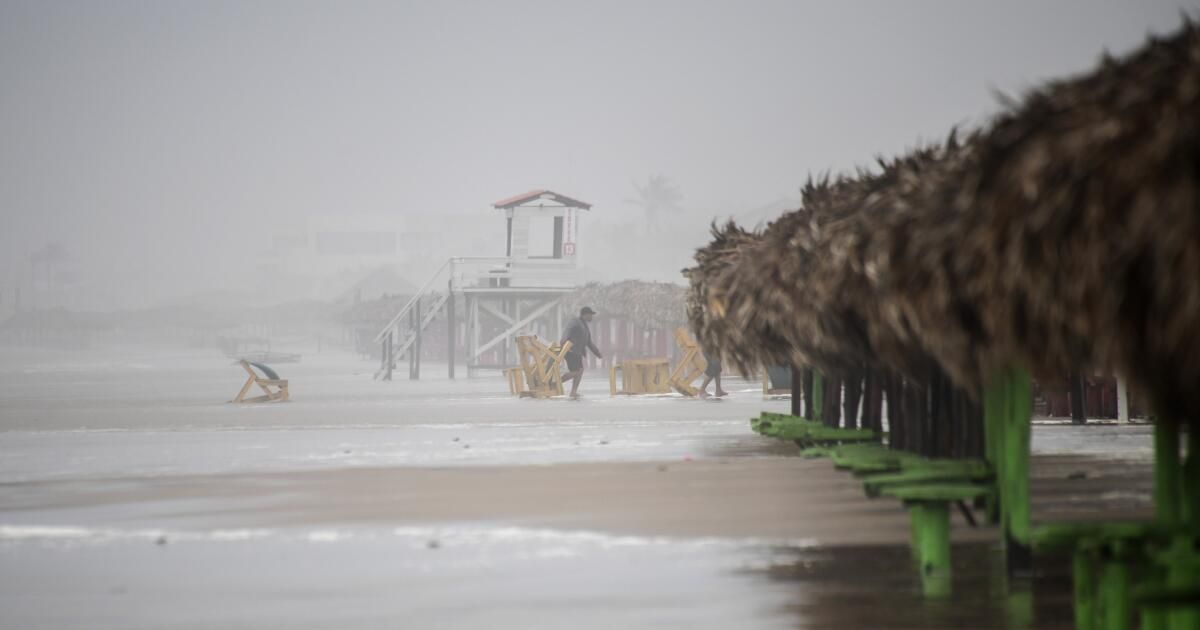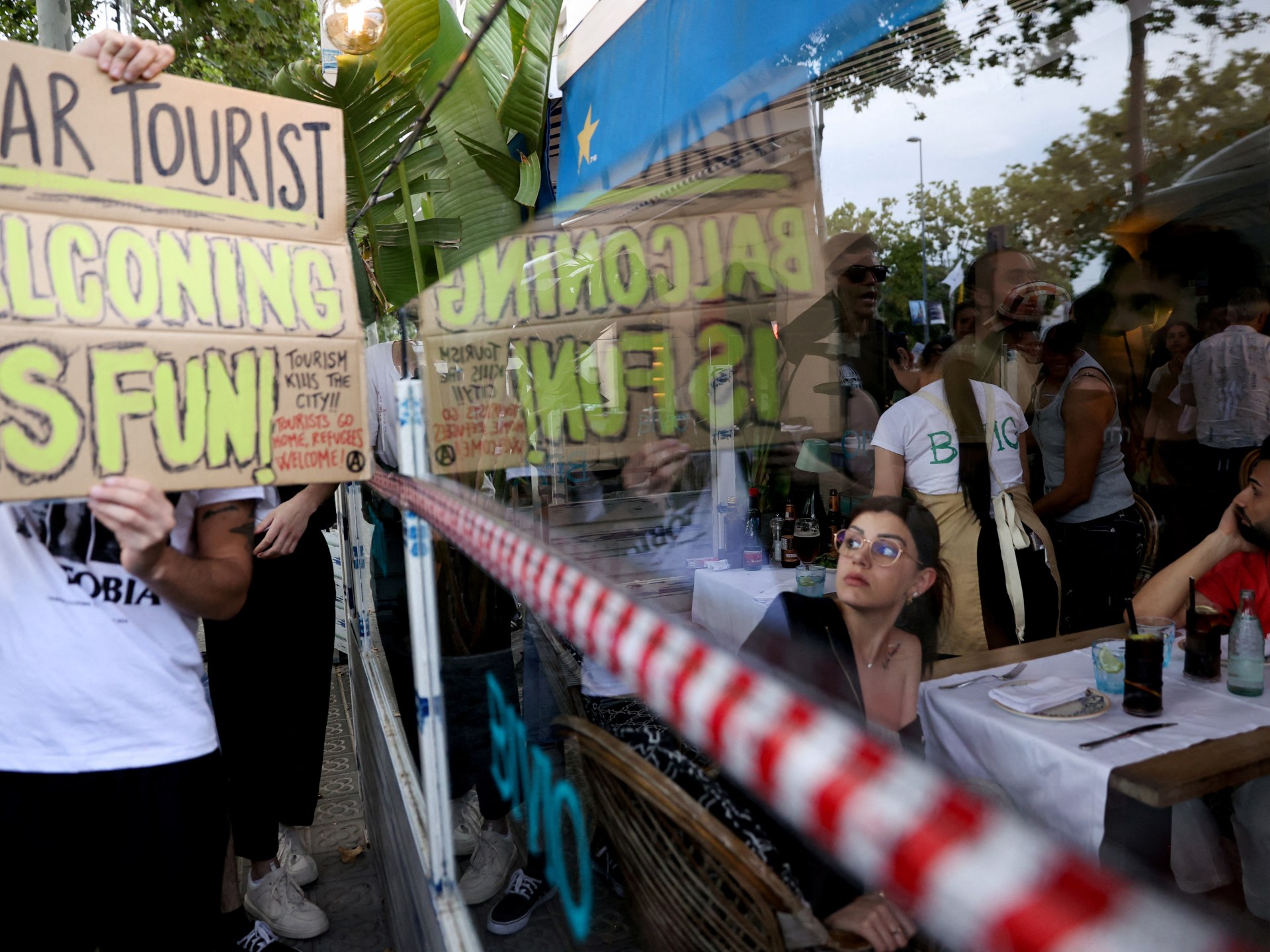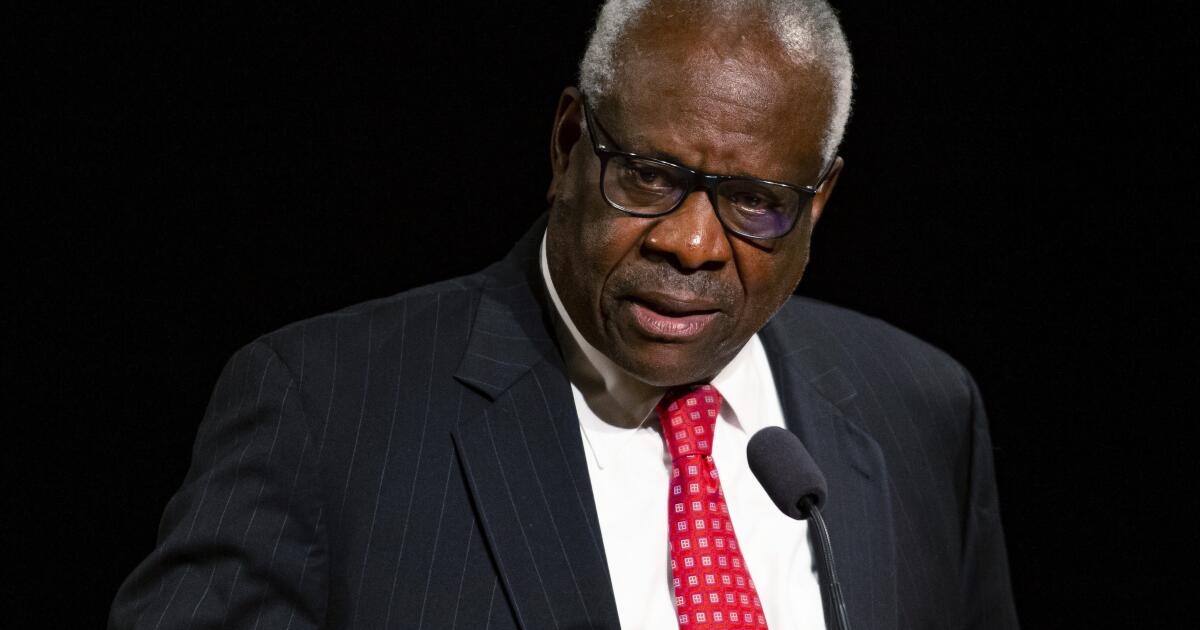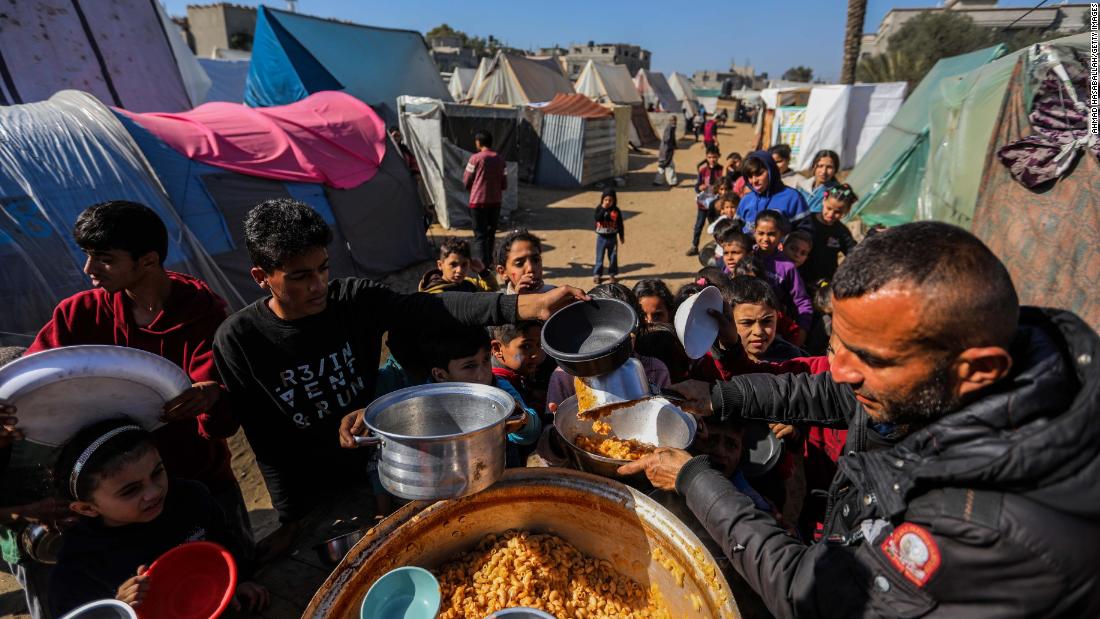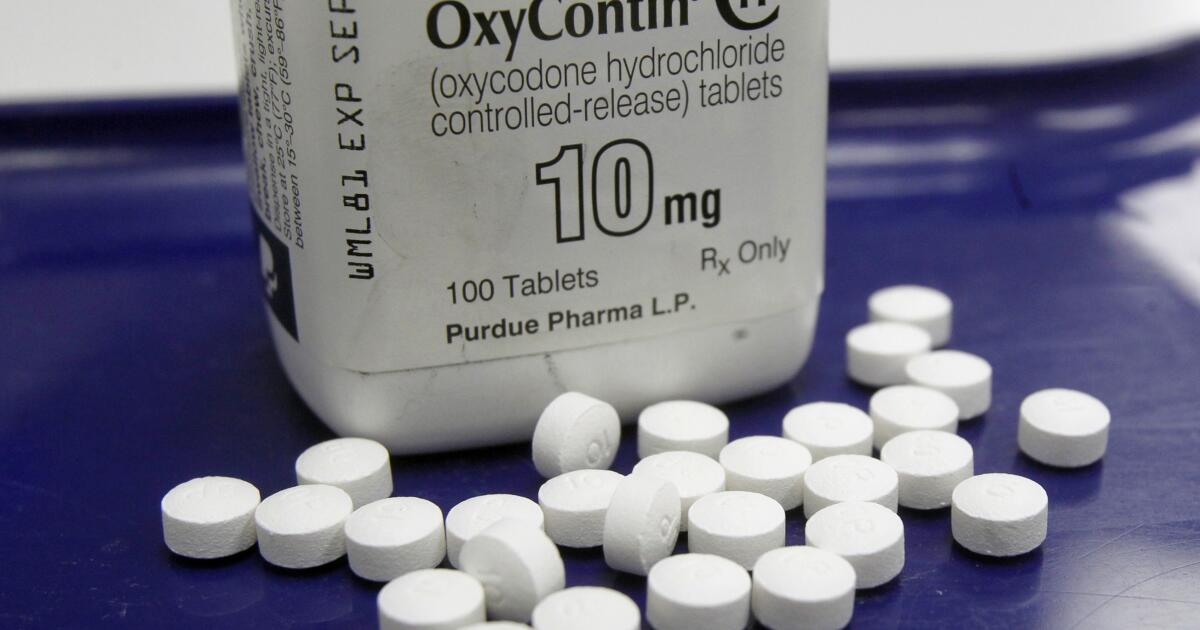Meteorologists named it “Alberto,” the first named storm of the 2024 Atlantic and Gulf of Mexico hurricane season.
Alberto made landfall as a tropical storm on Thursday near the Mexican port of Tampico, causing flooding and at least four deaths.
Why was he called “Alberto”?
That turned out to be the first on an alphabetical list of names for possible storms in 2024 compiled by an international committee of the United Nations World Meteorological Organization. Those who give names adhere to a policy of gender and language diversity, while seeking easy-to-pronounce nicknames to identify the storms. Alberto was first this year; In 2025, Andrea tops the list.
After Alberto, the next in line for 2024 are:
- Beryl
- Chris
- Debbie
- Ernesto
- francine
- Gordon
- Helen
- isaac
- joyce
- Church
- Leslie
- Milton
- nadina
- Oscar
- Patty
- rafael
- sarah
- tony
- valeria
- William
Storm naming goes back centuries, but experts say it was long a haphazard process: Storms generally received names only after causing disasters.
In the 19th century, if a damaging storm hit on the day of a Catholic saint, it was named after the saint, the National Hurricane Center notes in a brief history. For example, an 1825 hurricane that devastated Puerto Rico was named Santa Ana because it struck on July 26, Santa Ana's holiday.
“As weather forecasting became a science, storms were identified by their latitude and longitude,” the World Meteorological Organization says in a fact sheet. “However, the use of short, distinctive names (in written and spoken communications) was found to be faster and less error-prone.”
The practice of naming hurricanes after women dates back to at least the late 19th century. century, according to the National Hurricane Center. The custom was common among U.S. Army and Navy meteorologists watching storms over the Pacific during World War II. Masculine names for hurricanes were introduced in 1979, alternating with traditionally feminine names for Atlantic and Gulf storms. The names, a mix of English, French and Spanish nicknames, have no link to any individual, officials emphasize.
The goal is to avoid confusion and be able to identify storms accurately, said Susan Buchanan, a spokeswoman for the National Weather Service.
“The goal of naming hurricanes is to help people communicate, understand and remember them,” Buchanan said in an email. “Names should have short characters for ease of communication, be easy to pronounce, have appropriate meanings in different languages, and be unique to the region.”
Atlantic and Gulf hurricane names are selected in a six-year rotation that repeats every seven years, so Alberto may return in 2030. Approved name lists for the Atlantic are already set through 2029, while Experts warn that climate change could bring more storms. potentially of more calamitous magnitudes.
With near-record ocean temperatures in the Atlantic, National Oceanic and Atmospheric Administration forecasters predict a worse-than-usual 2024 hurricane season, running from June 1 to November 30. Experts expect between 17 and 25 named storms. those with winds of 39 mph or higher. They predict that eight to 13 will become hurricanes, with winds of 74 mph or more, and that four to seven of them will reach categories 3 to 5, with winds of 111 mph or more.
Some hurricanes have been so deadly or destructive that their infamous names will never appear again. Andrew (1992), Katrina (2005), Sandy (2012) are among the many formally “retired.”
And don't expect to have a storm named after you if it starts with Q, U, X, Y or Z. There simply aren't enough snappy names that start with those letters, forecasters say. Sorry, Quintin and Zara.

